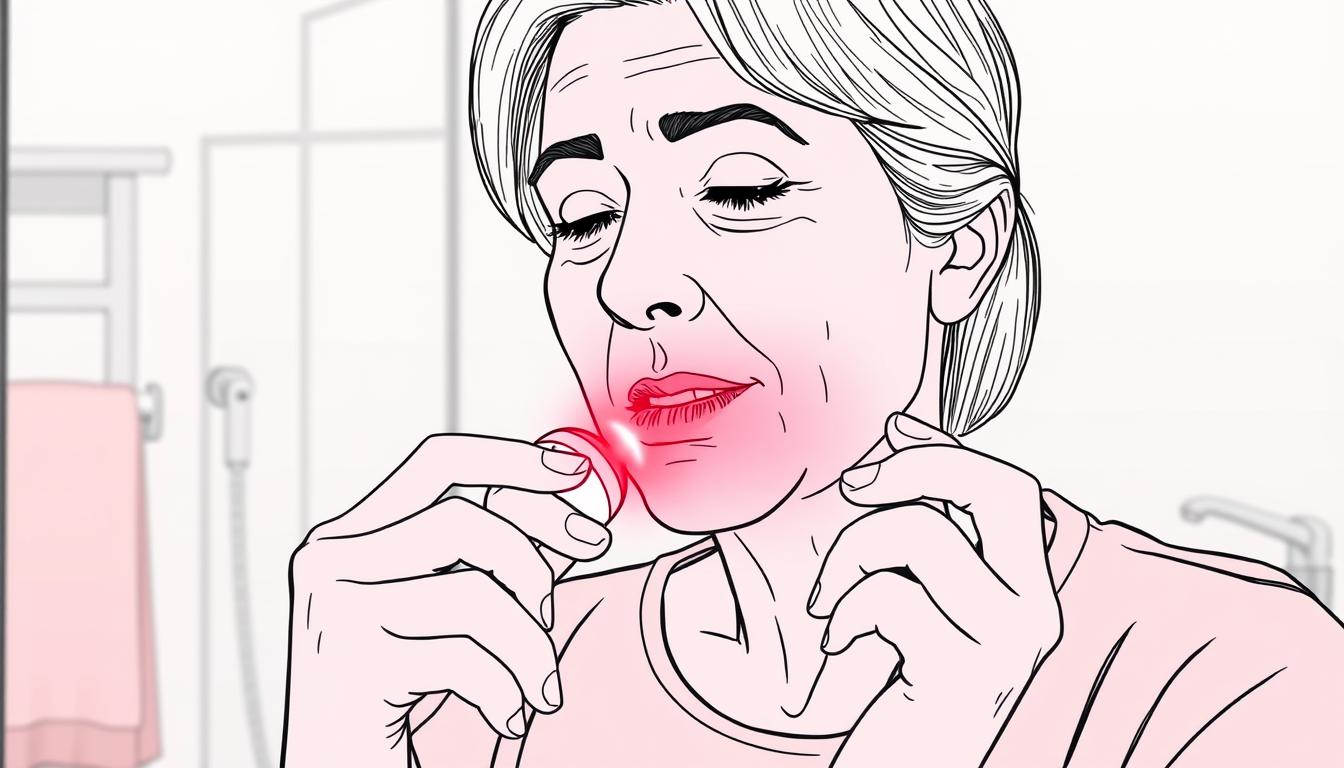Red light therapy has emerged as a promising approach for improving dental health, offering potential benefits for gum inflammation, tooth sensitivity, and overall oral wellness. This non-invasive treatment uses specific wavelengths of red and near-infrared light to stimulate cellular repair and reduce inflammation in oral tissues. As research continues to validate its effectiveness, more people are exploring at-home red light therapy options for maintaining dental health between professional visits.
In this comprehensive guide, we’ll examine the science behind red light therapy for teeth, review the clinical evidence supporting its use, and compare the most effective at-home devices available today. Let’s explore how this innovative technology might transform your oral health routine.
How Red Light Therapy Works for Dental Health
Red light therapy, also known as photobiomodulation or low-level light therapy, works by delivering specific wavelengths of red and near-infrared light to oral tissues. These wavelengths typically range between 630-850 nanometers (nm), with particular effectiveness at 660 nm and 810-830 nm for oral applications.
When these light wavelengths penetrate the gums and surrounding tissues, they’re absorbed by mitochondria (the cellular powerhouses), stimulating increased energy production and activating a cascade of beneficial biological effects (Whelan et al., 2001).
Key Mechanisms for Dental Health
These mechanisms make red light therapy particularly valuable for addressing common dental concerns like gingivitis, periodontitis, and gum recession. According to research published in the Journal of Clinical Laser Medicine & Surgery, red light therapy can significantly accelerate wound healing in oral tissues and promote regeneration of damaged cells (Bashir et al., 2023).
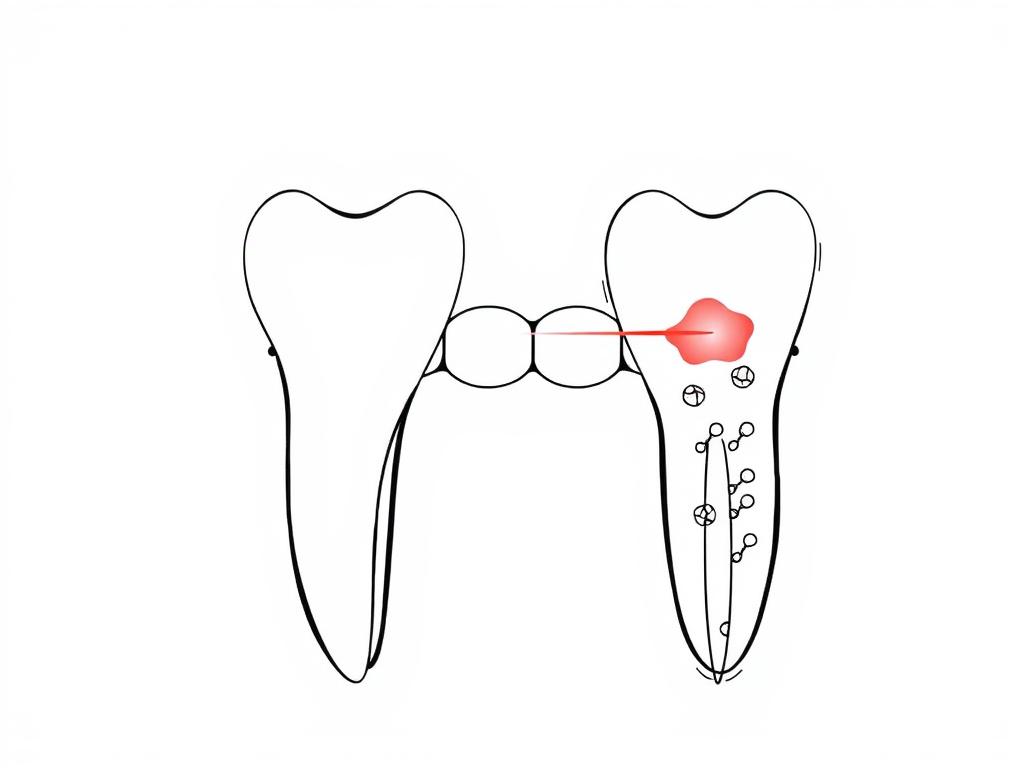
Clinical Evidence Supporting Red Light Therapy for Teeth
The effectiveness of red light therapy for dental applications is supported by a growing body of clinical research. Here are some key findings from human studies:
In a clinical trial by Giannelli et al. (2018), patients receiving repeated red light therapy treatments showed a 93% reduction in deep periodontal pockets (>7mm) compared to only 56% reduction in control groups after one year.
Research Highlights
Gum Inflammation
A systematic review by Bashir et al. (2021) found that indocyanine green-mediated photodynamic therapy resulted in an additional pocket depth reduction of 1.17 mm at 3 months and 1.06 mm at 6 months compared to conventional treatment alone.
Tissue Regeneration
Trujiilo et al. (2022) documented a case where daily application of dual-light photodynamic therapy reduced moderately deep periodontal pockets from 43 to just 1 after five months of consistent use, demonstrating significant improvement in clinical attachment levels.
These studies highlight an important pattern: while single treatments show modest benefits, consistent application over time delivers the most significant improvements. This suggests that at-home devices used regularly may provide superior outcomes compared to occasional in-office treatments.
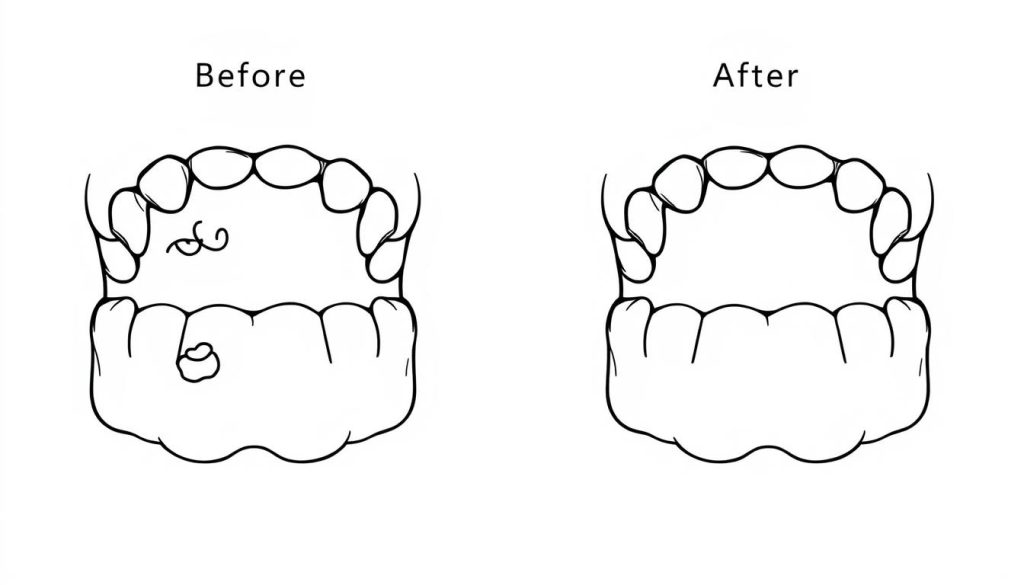
Key Benefits of Red Light Therapy for Oral Health
Benefits
Limitations
Red light therapy shows particular promise for addressing periodontal disease, which affects nearly half of adults over 30. According to the National Institute of Dental and Craniofacial Research, approximately 47.2% of adults have some form of periodontal disease, making effective home treatments increasingly important.
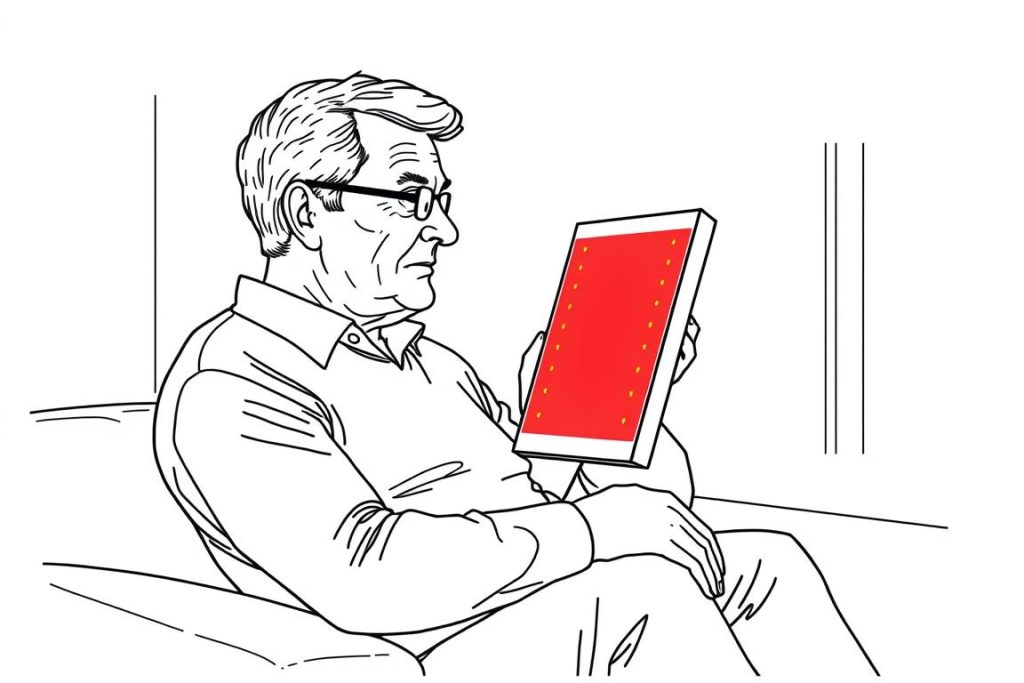
Comparing At-Home Red Light Therapy Devices for Teeth
When selecting a red light therapy device for dental applications, several factors deserve consideration: wavelength options, power output, treatment area coverage, and overall value. Here’s how leading options compare:
Key Device Types
Handheld Devices
Compact and targeted for specific areas. Ideal for spot treatments but may require longer sessions to cover all areas.
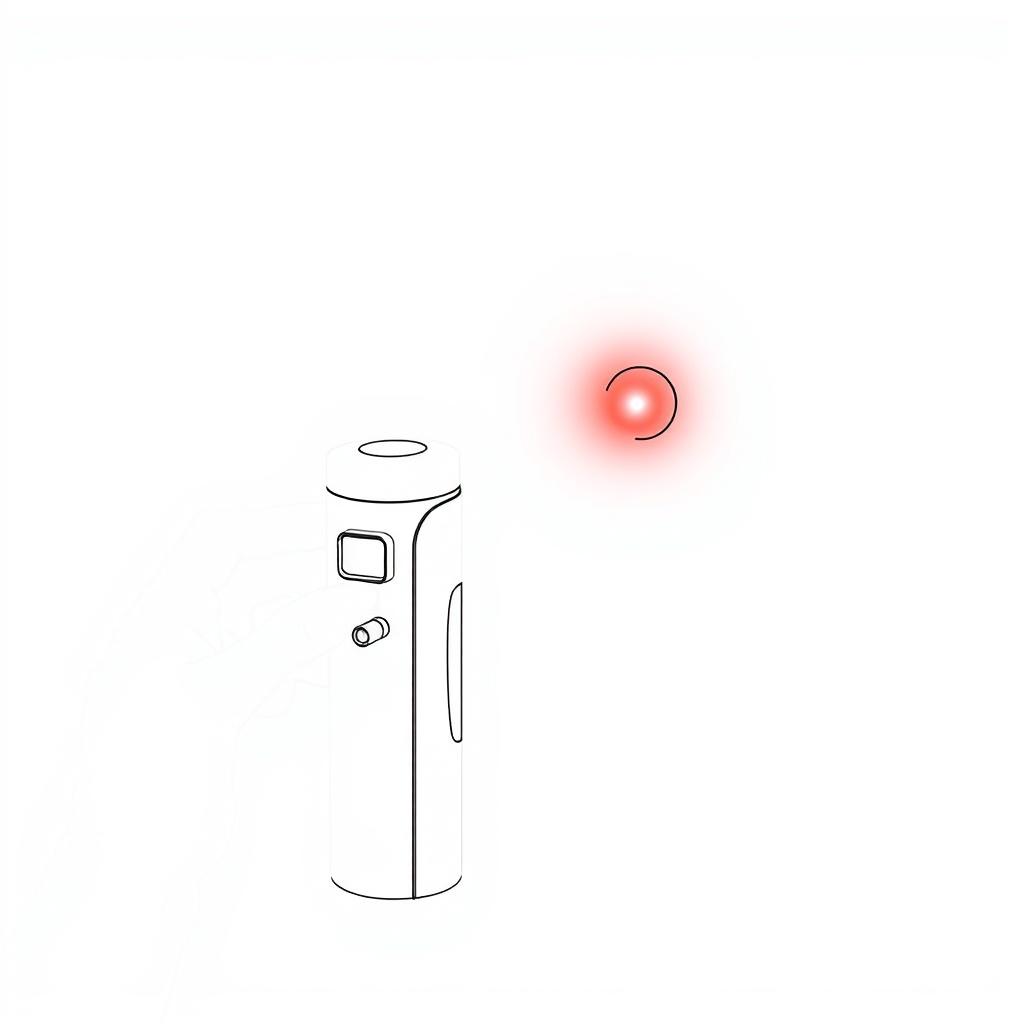
Mouthpiece Designs
Shaped to fit inside the mouth for direct gum contact. Provides targeted treatment but may be uncomfortable for longer sessions.
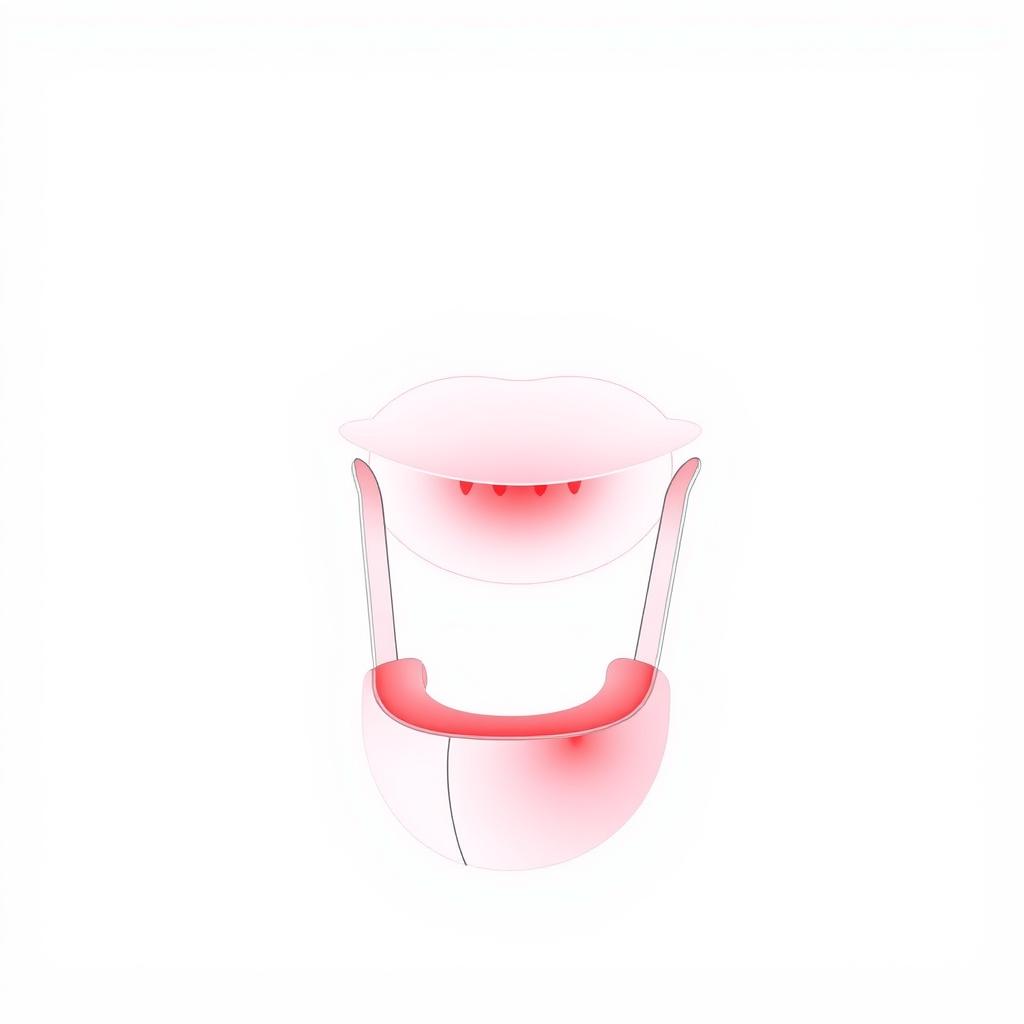
Panel Systems
Larger coverage area for treating the entire face and oral region simultaneously. More versatile for whole-body applications beyond dental use.
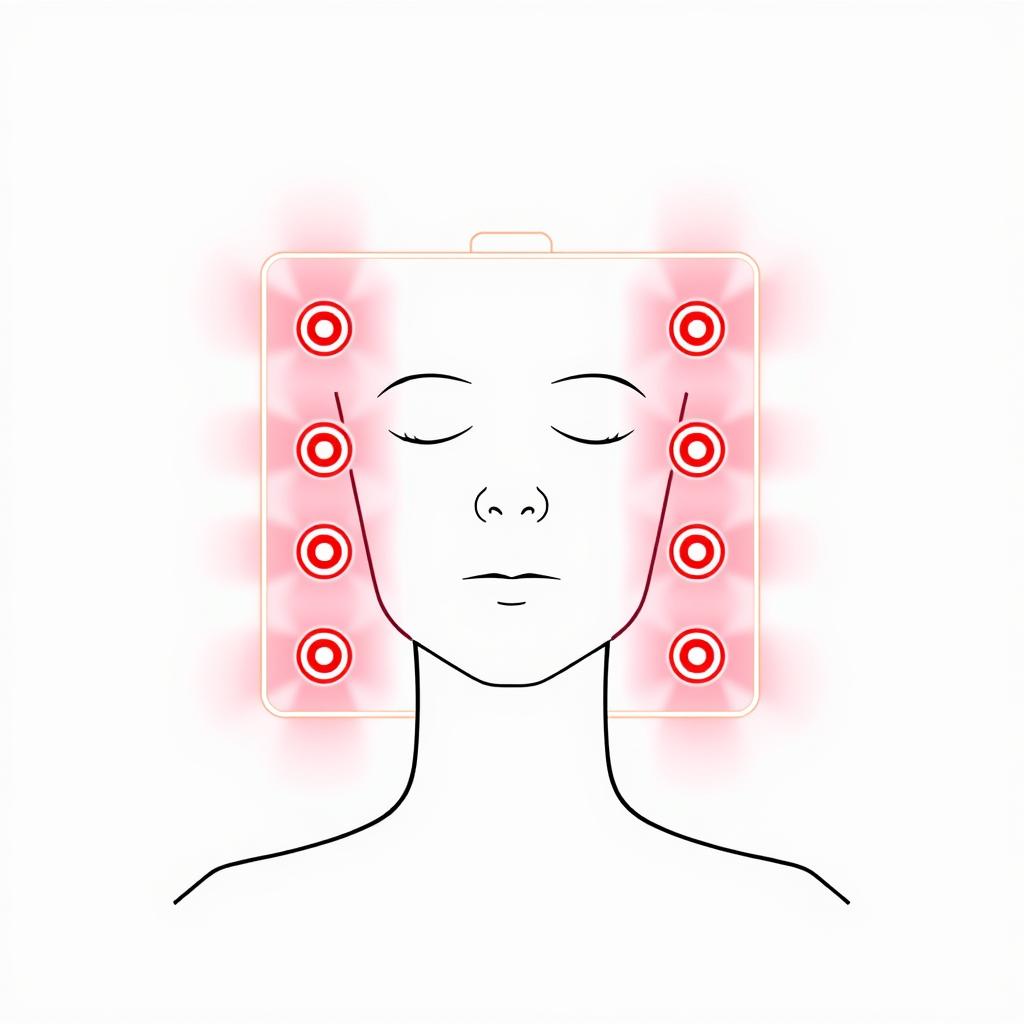
Leading Device Options
| Device Type | Key Features | Best For | Considerations |
| RLT Home Total Spectrum Mini | 7 validated wavelengths (including 660nm, 810nm, 830nm), zero EMF, compact 12″×12″ size | Targeted oral treatments, portability, desk use | Ideal for specific areas; smaller coverage area |
| PlatinumLED BioMax | Customizable wavelength options, modular design | Users wanting wavelength customization | Larger size, less portable for travel |
| Mito Red Light | Durable construction, high power density | Long-term durability, consistent daily use | Fewer wavelength options than competitors |
| Joovv Go | Sleek design, portable, rechargeable | Aesthetic appeal, on-the-go treatments | Limited treatment area, higher price point |
| RLT Home Total Spectrum Elite | Studio-grade coverage (65″×24″), 864 LEDs, zero EMF, 7 wavelengths | Comprehensive treatment, whole-body applications | Larger investment, requires more space |
For targeted dental applications, the Total Spectrum Mini offers an excellent balance of portability and therapeutic power with its comprehensive wavelength range. Its compact size makes it ideal for focused oral treatments while still providing the full spectrum of therapeutic light. Compare leading panels side-by-side here to find the option that best suits your needs.
Effective Treatment Protocols for Dental Applications
Based on clinical research and practitioner recommendations, here’s an optimal approach for using red light therapy to support dental health:
Recommended Protocol
The most significant finding from clinical studies is that consistency matters more than intensity. Regular, repeated treatments over time show dramatically better results than occasional high-intensity sessions.
For optimal results, combine red light therapy with proper oral hygiene practices, including brushing twice daily, flossing, and using antimicrobial mouthwash as recommended by your dentist.
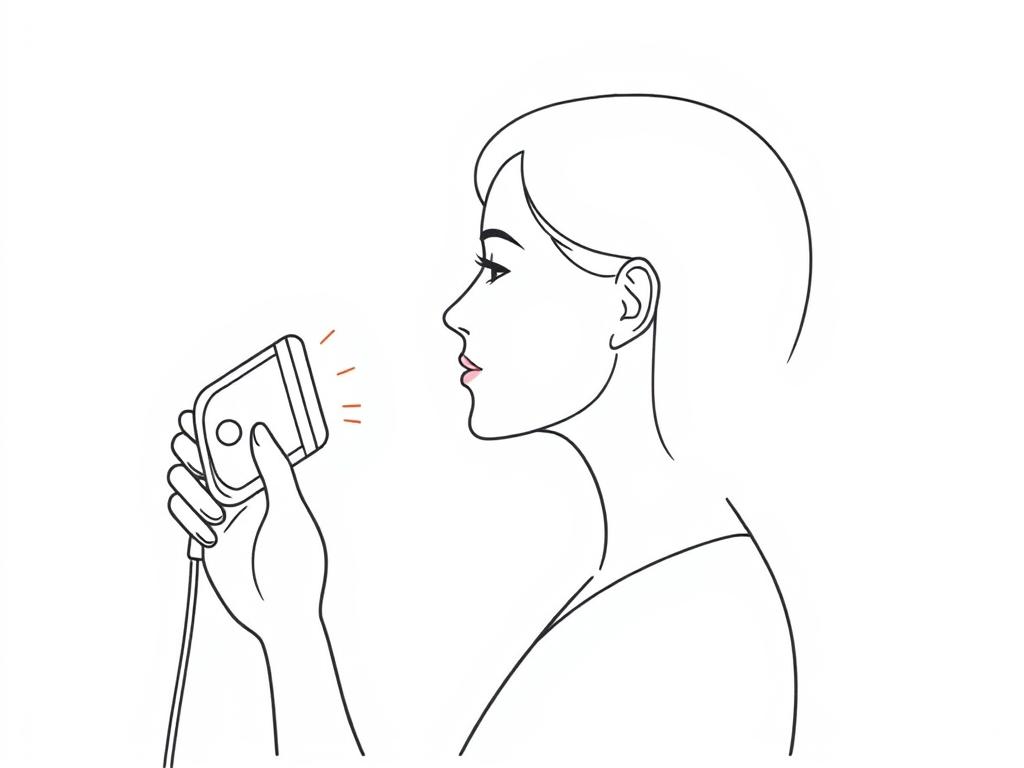
Complementary Approaches to Enhance Results
While red light therapy offers significant benefits for dental health, combining it with other evidence-based approaches can maximize results:
Nutrition Support
Advanced Oral Hygiene
Professional Support
The Total Spectrum Elite panel from RLT Home offers versatility for treating not just dental issues but also skin concerns, joint pain, and other conditions that benefit from red light therapy. Its large coverage area and multiple wavelengths make it an excellent investment for whole-body wellness beyond oral health. Compare leading panels side-by-side here to explore the full range of options.
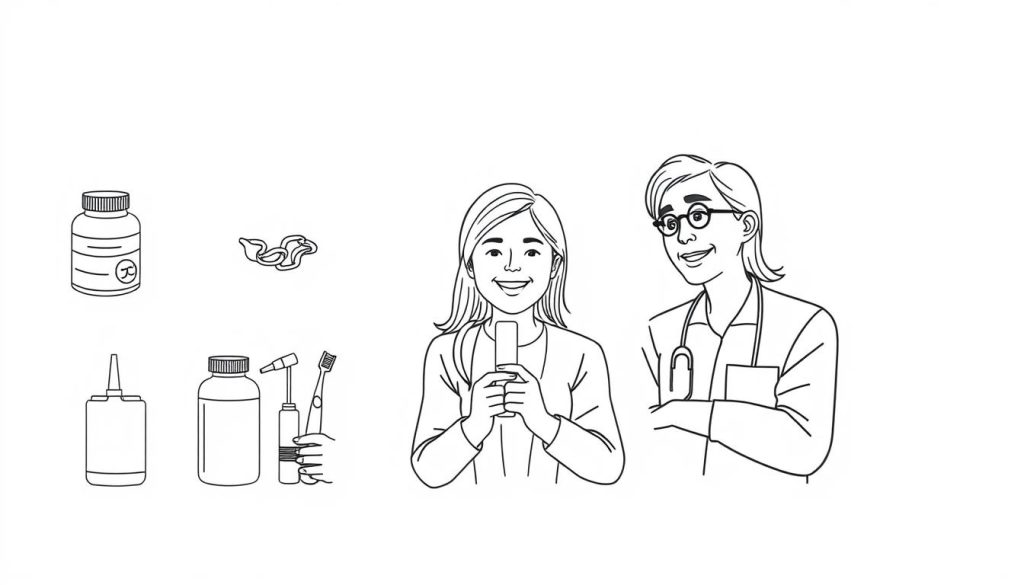
Real-World Results: Case Studies
Clinical case studies provide valuable insights into the potential benefits of consistent red light therapy for dental health:
In a documented case study by Trujiilo et al. (2022), a 78-year-old patient with severe periodontal disease (Stage IV, Grade B) used dual-light photodynamic therapy daily in conjunction with mechanical cleaning. After five months, the number of moderately deep periodontal pockets reduced from 43 to just 1, with significant improvement in clinical attachment levels.
This case highlights several important factors for success:
While individual results vary, these case studies demonstrate the potential of red light therapy as part of a comprehensive approach to dental health, particularly for those with persistent gum issues that haven’t responded adequately to conventional treatments alone.
Conclusion: Is Red Light Therapy Right for Your Dental Health?
Red light therapy represents a promising, non-invasive approach to supporting dental health, particularly for those dealing with gum inflammation, recession, or sensitivity. The clinical evidence suggests that consistent, repeated application delivers the most significant benefits, making at-home devices a practical option for many.
When selecting a device, consider factors like wavelength options, treatment area, and versatility for other health applications. The RLT Home Total Spectrum series offers comprehensive wavelength coverage with zero EMF exposure, making them suitable for regular, long-term use.
Remember that red light therapy works best as part of an integrated approach that includes proper oral hygiene, regular dental check-ups, and a supportive diet. While it’s not a replacement for professional dental care, it can be a valuable complement to your existing routine.
Ready to explore red light therapy for your dental health?
Compare the leading red light therapy panels side-by-side to find the perfect option for your needs and budget.
— David, independent RLT researcher

